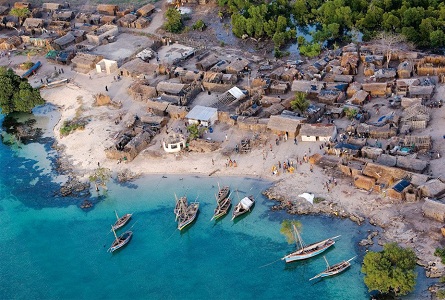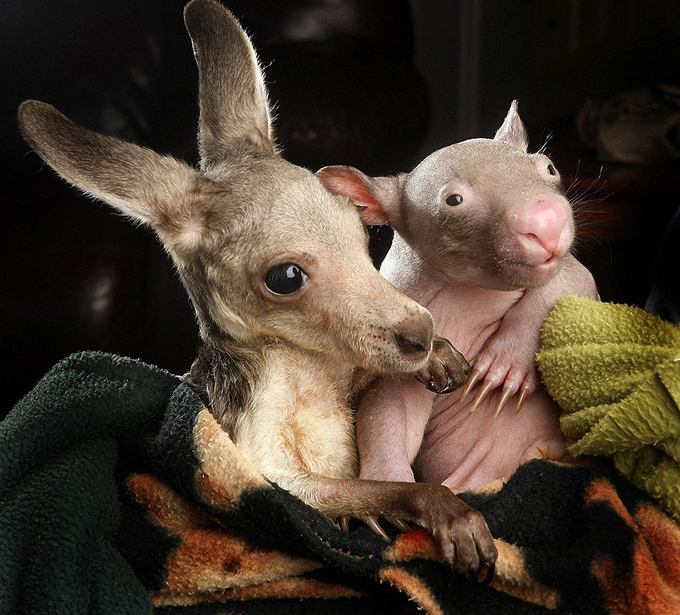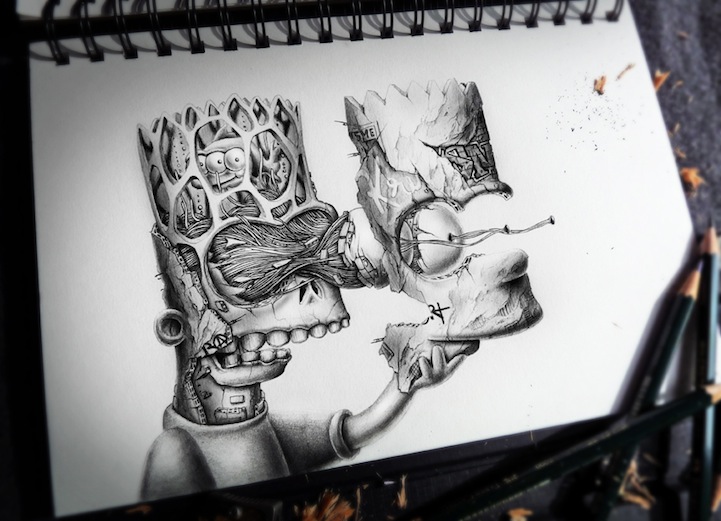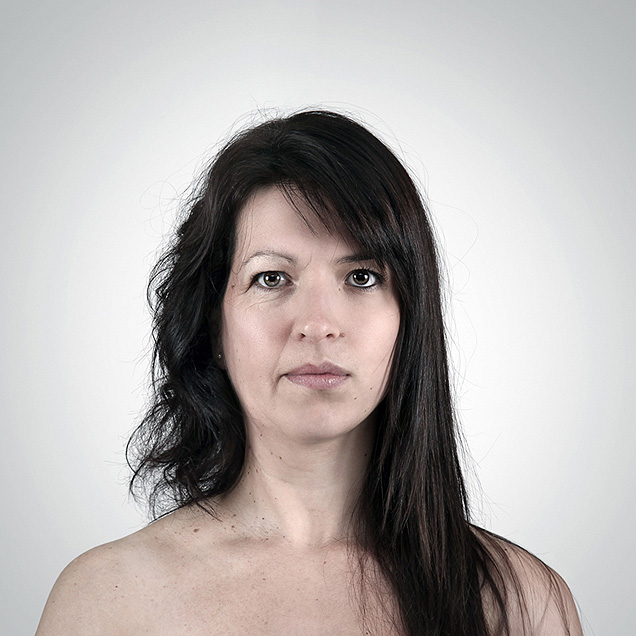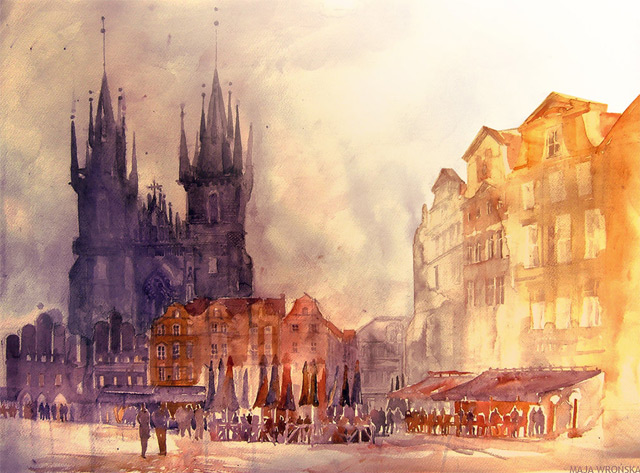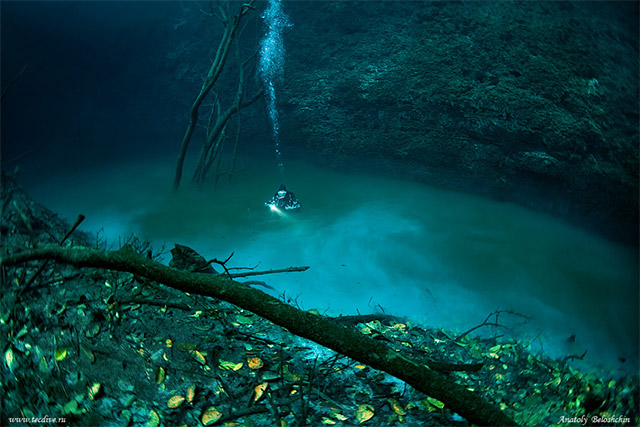6. Why are fire hydrants painted different colors?
Currently, there is no law regulating the color-coding of fire hydrants, but the National Fire Protection Association has suggested standards that most municipalities follow to some extent. They suggest that the best color for the body of the hydrant is chrome yellow, but if an area has already designated another color, then it should be consistent (no polka dots on one, stripes on another).
Traditionally, hydrants connected to municipal water systems are painted yellow, while those that operate from a private system are red. Hydrants that pump non-potable water are either painted violet or have at least one violet cap. The bonnets and caps on the hydrants should also be painted to indicate the available water pressure. Red indicates the lowest pressure (less than 500 gallons per minute at 20 psi), followed by orange, green and ultimately light blue, which pumps 1500 GPM or more.
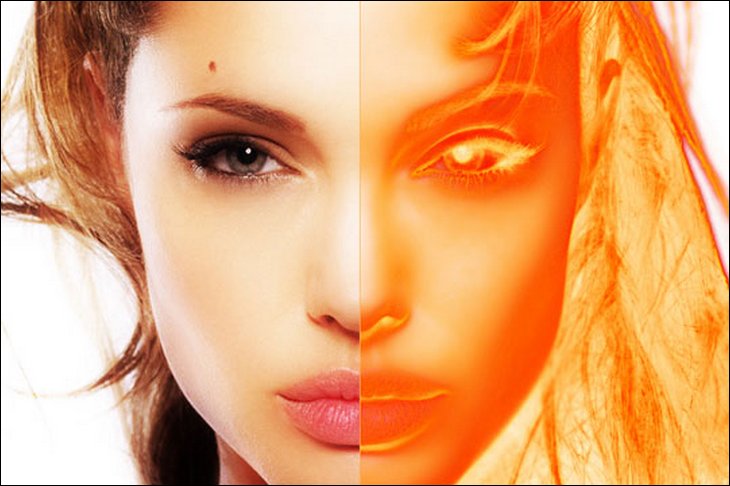
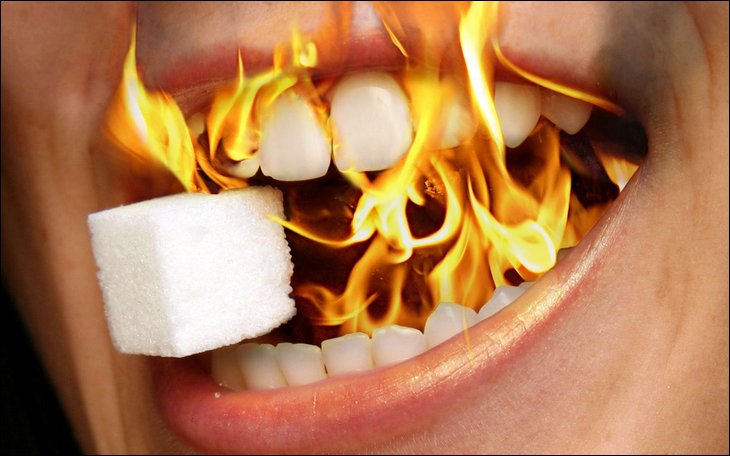
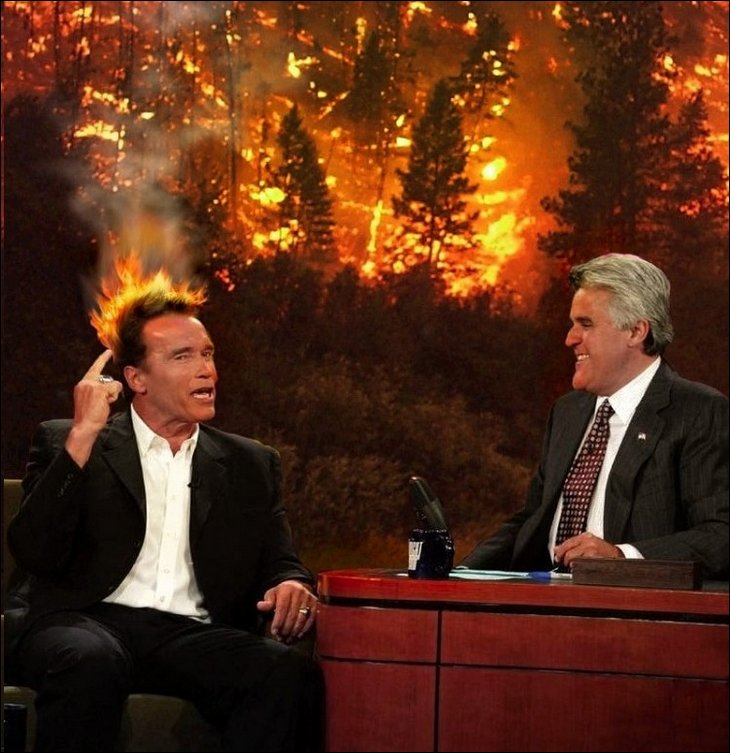
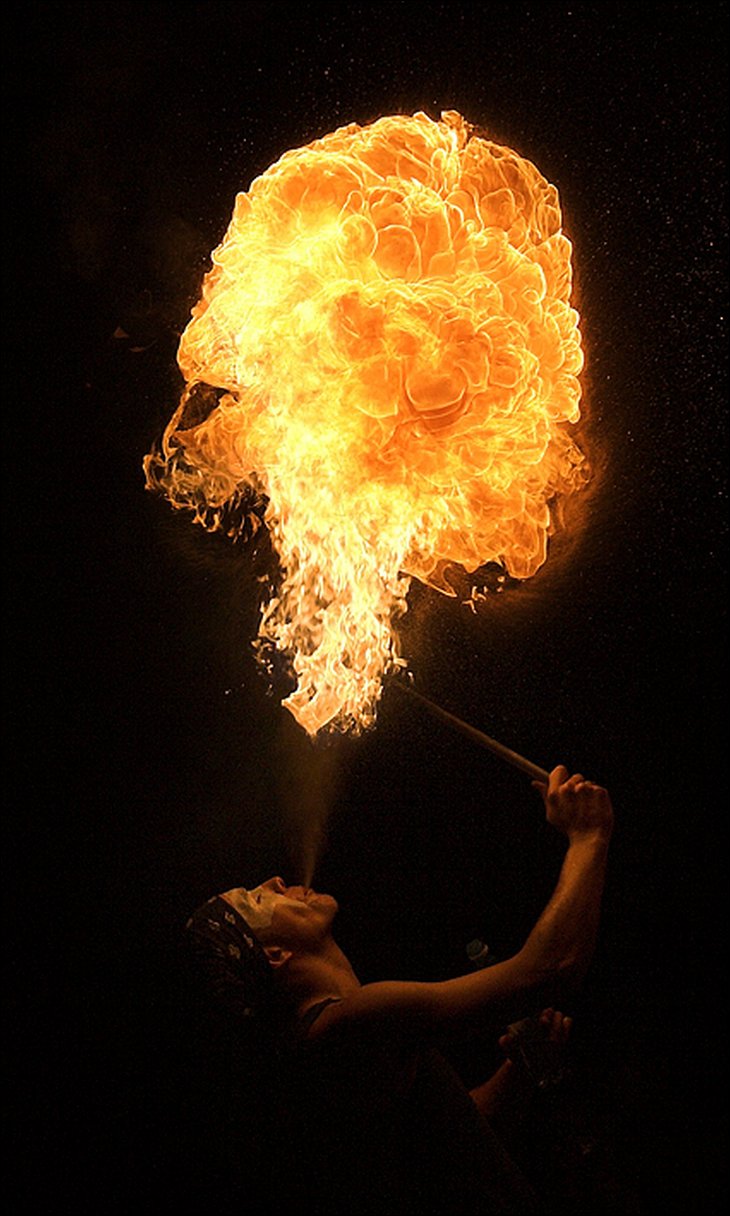
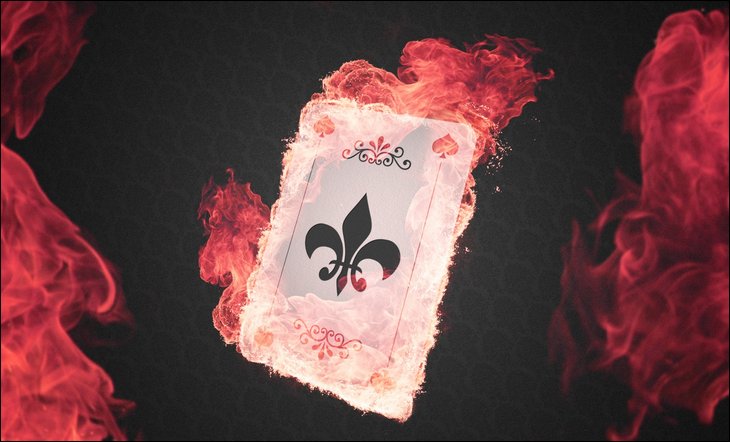
7. Did Nero really fiddle while Rome burned?
Sweltering summers were common in Rome, and Lucius Domitius Ahenobarbus, better known as Nero, had traveled to the coastal resort town of Antium to escape the July heat in the year 64 CE. A fire broke out in one of the shops in Circus Maximus on the evening of July 19, and aided by strong winds, quickly raged out of control. When the emperor received word of the conflagration, he rushed back to the city and aided in the rescue efforts.
When the blaze was finally extinguished after six days, Nero opened up his palace to house many of the homeless, and used his personal funds to feed and shelter others. As for the bit about Nero fiddling, that part’s inaccurate as well. Particularly, since the violin wasn’t invented until the Renaissance.
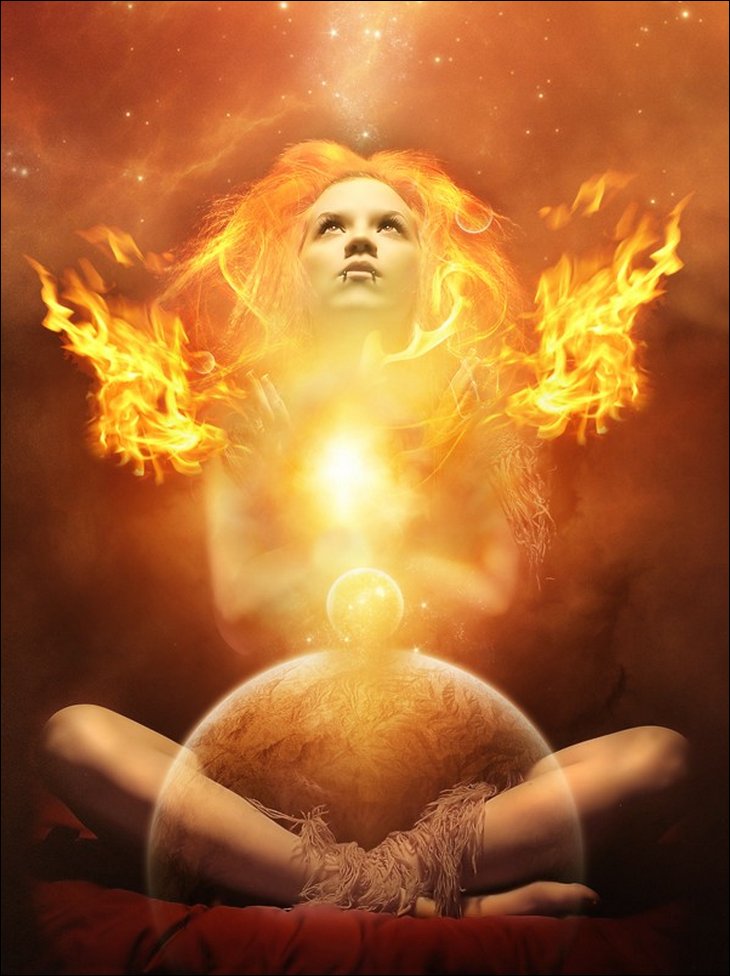
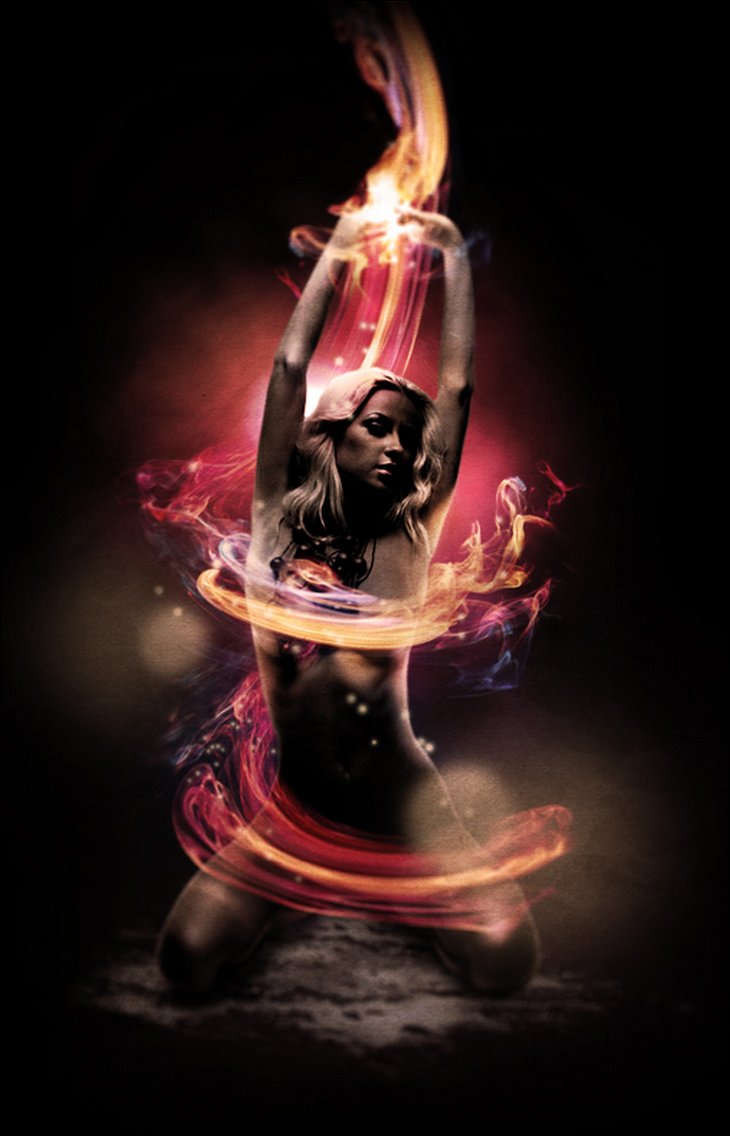

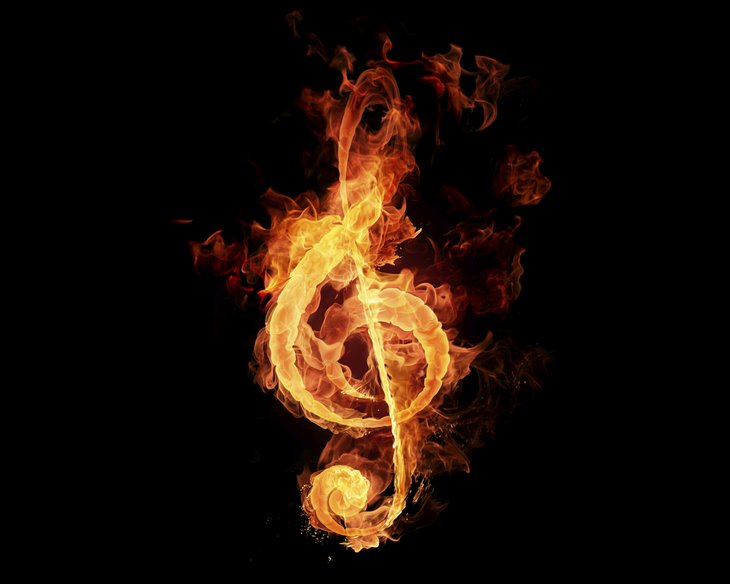
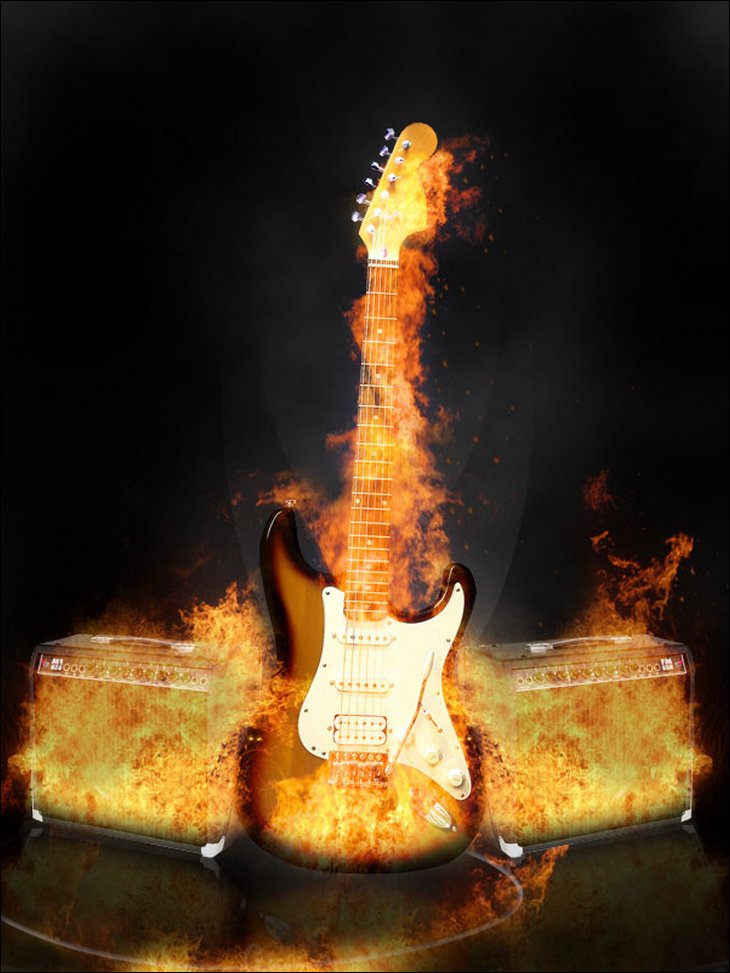
8. What real fire appeared on the most-watched TV show ever?
In October 1982, brush fires on the Fox Studios Ranch set aflame much of the outdoor set of the TV series M*A*S*H. The cast was in the middle of filming the series finale, “Goodbye, Farewell, and Amen,” so producers wrote the fire into the script. The smoldering structures were real parts of the set, and footage of a “bug out” from a previous year’s episode was incorporated to show the movement of the facility. (Remember, the “M” in M*A*S*H stands for Mobile.) The land is now part of Malibu Canyon Creek State Park.
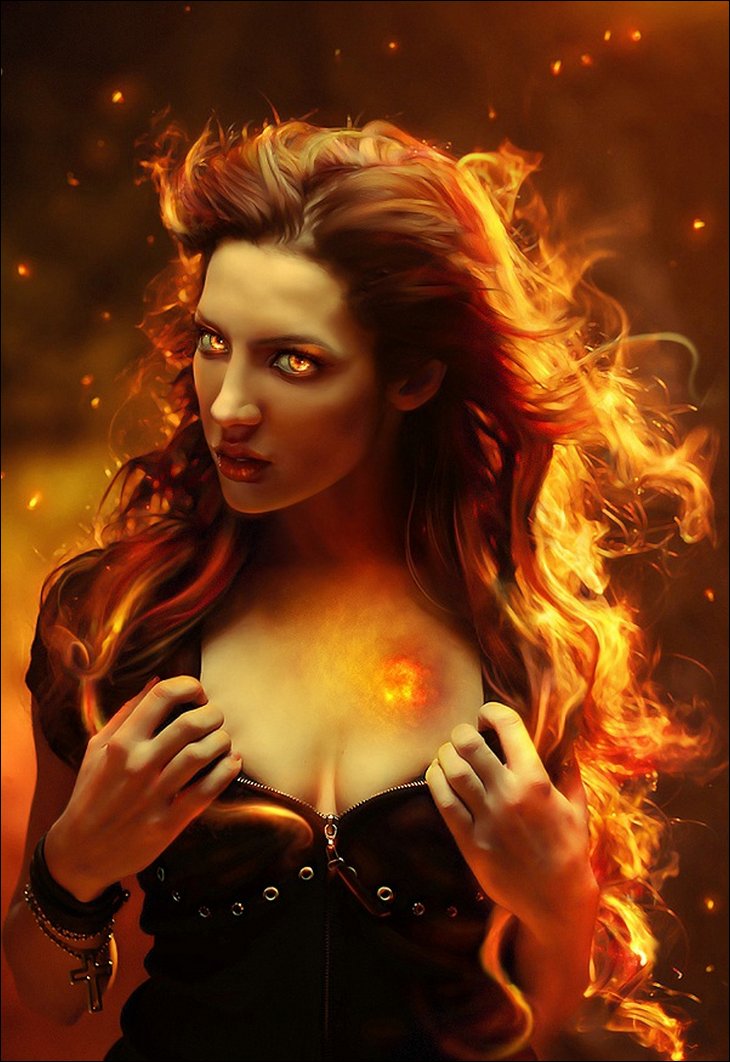
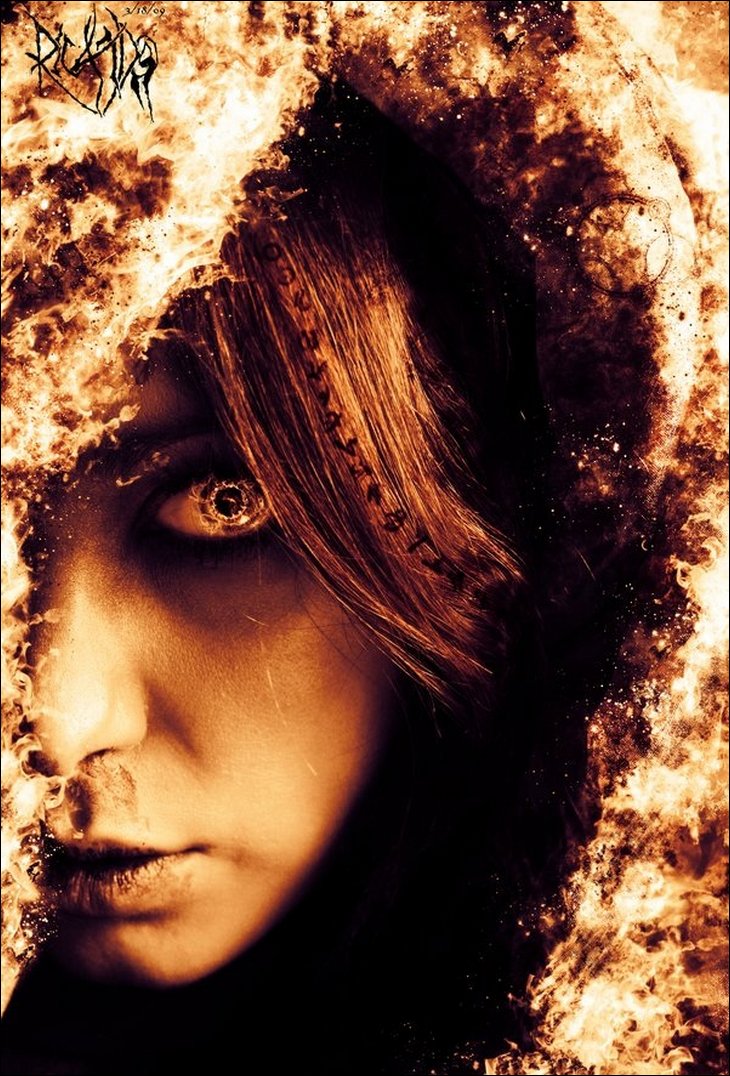
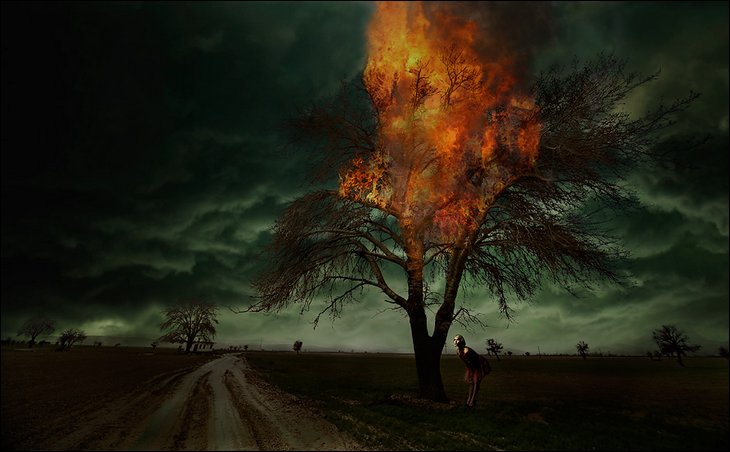

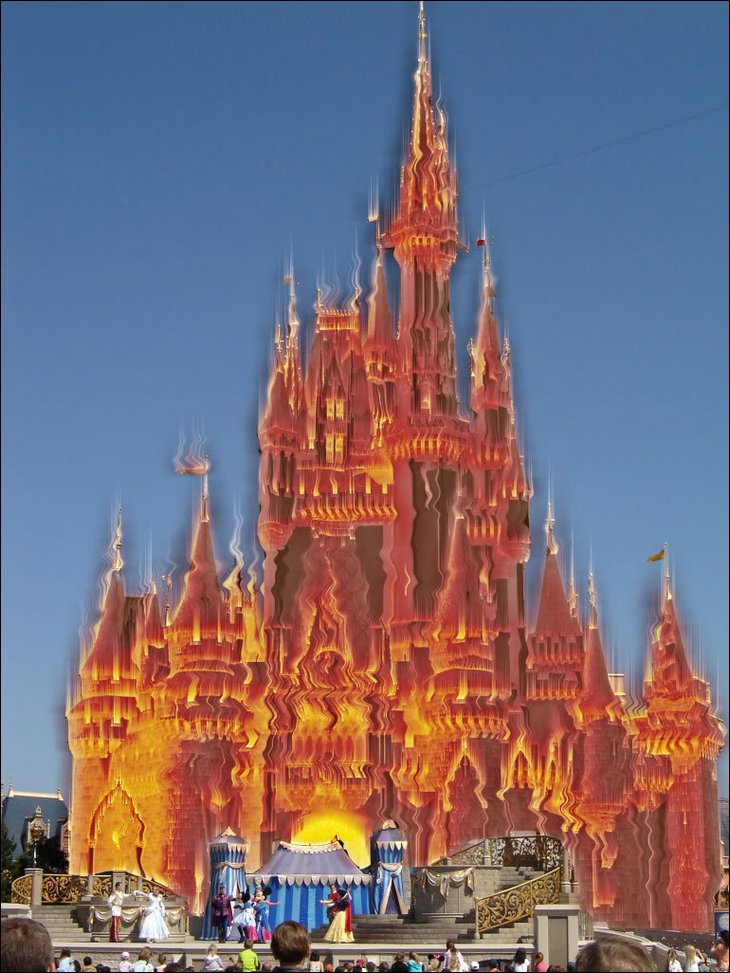
9. How do doctors determine what percentage a victim is burned?
The basic burn assessment relies on two protocols: the rule of nines, and the Lund-Browder chart. The rule of nines, developed in the 1950s, divided the human body into multiples of nine. Each arm is 9%, a leg is 18%, and so on. This method enabled a doctor to quickly examine the patient, see that he had burns on the palm of one hand, up the arm and half the chest, and determine that approximately 20 percent of his body had been burned.
This method proved less accurate when it came to children, however, since their physical proportions are quite different from those of the average adult. Two American doctors, Charles Lund and Newton Browder, came up with a burn chart in 1944 that broke down the human figure into separate, defined sections. It also included a formula for calculating body surface area based on the age of the patient.

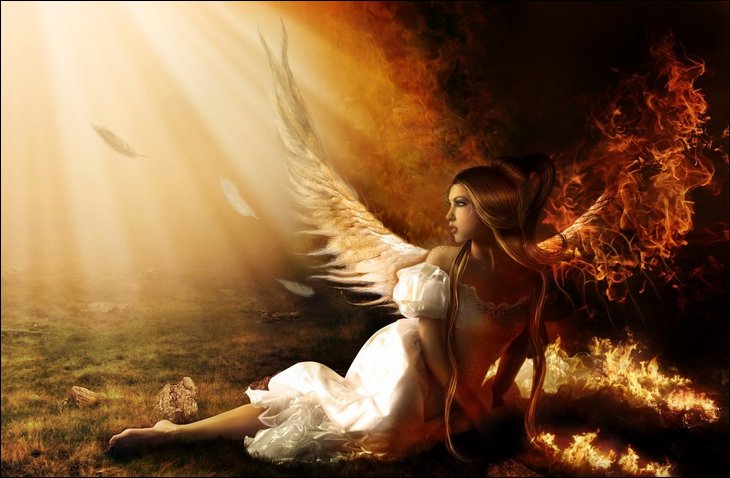
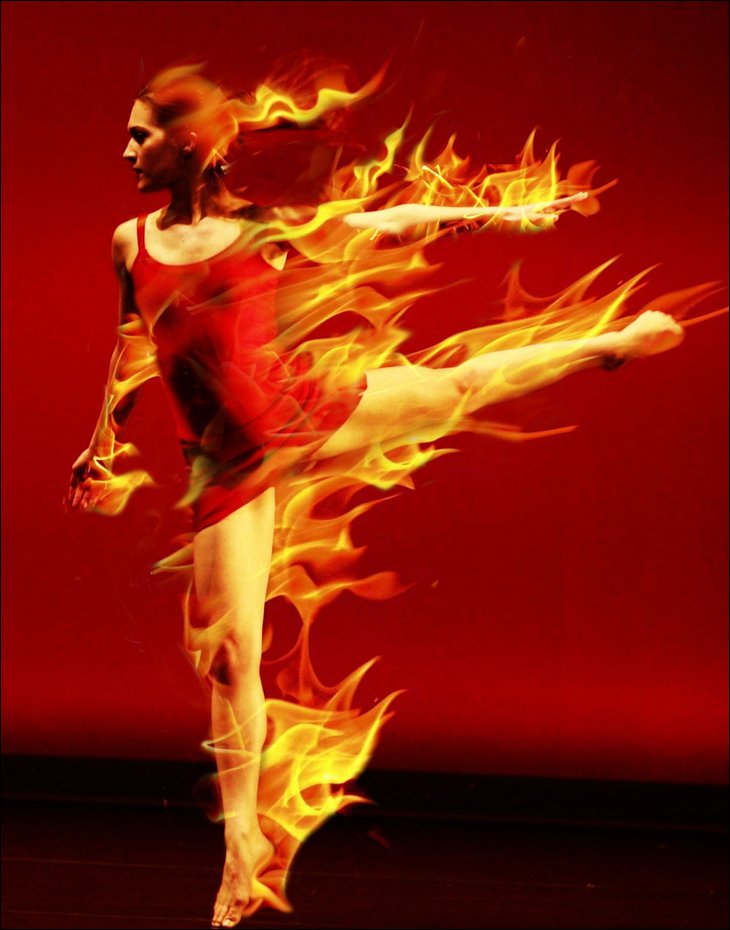
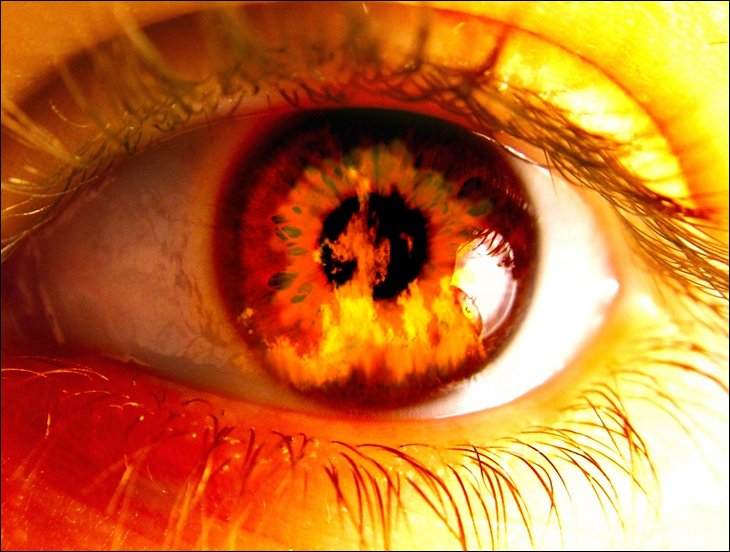
10. And what bizarre fire profoundly affected renowned architect Frank Lloyd Wright?
On August 15, 1914, Frank Lloyd Wright was working at his Chicago office. To the north, in his famous Taliesin estate in Wisconsin, were his mistress, Mamah Borthwick, her two children, and six servants. For reasons unknown, one of the servants – Julian Carleton – commited a heinous and murderous act of arson. He bolted the doors and windows, poured gasoline around the house, and set it on fire. Carleton then took a hatchet and attacked those who tried to break out of the home. Two of the workers miraculously survived, but everyone else perished. The flames devastated the living quarters, but spared Wright’s studio. Although understandably heartbroken, the architect promised to reconstruct the home and did. It burned again in 1925, but rose once more from the ashes.
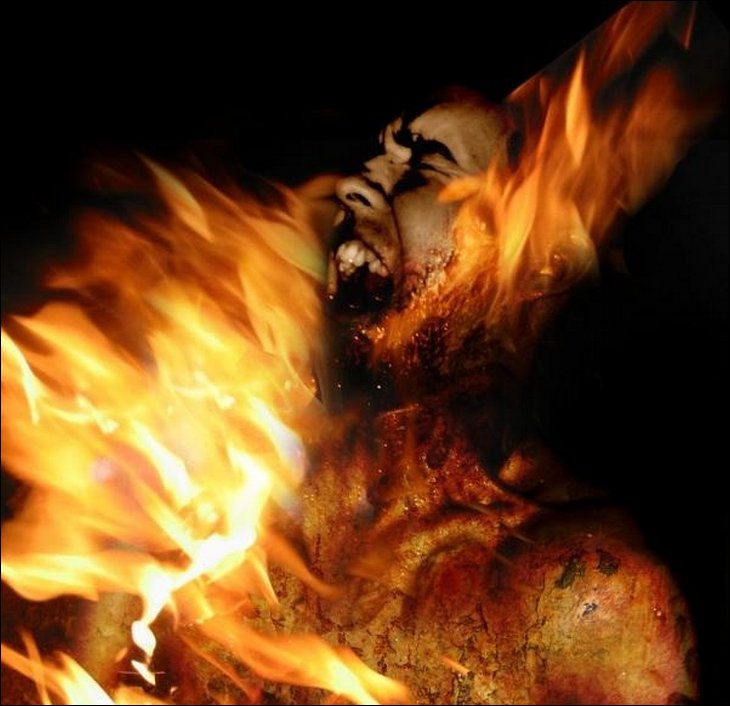

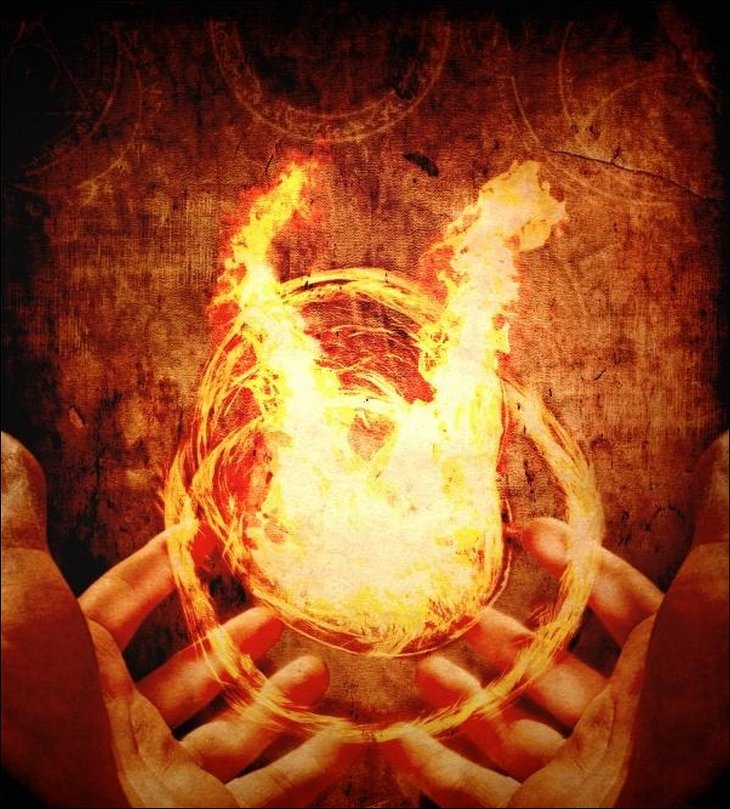
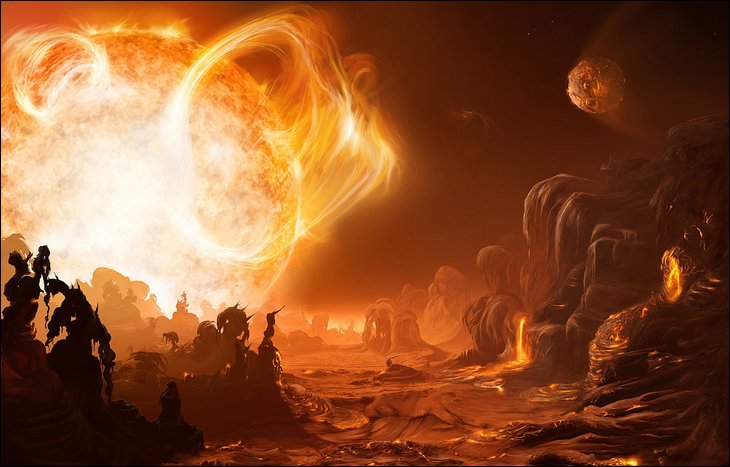
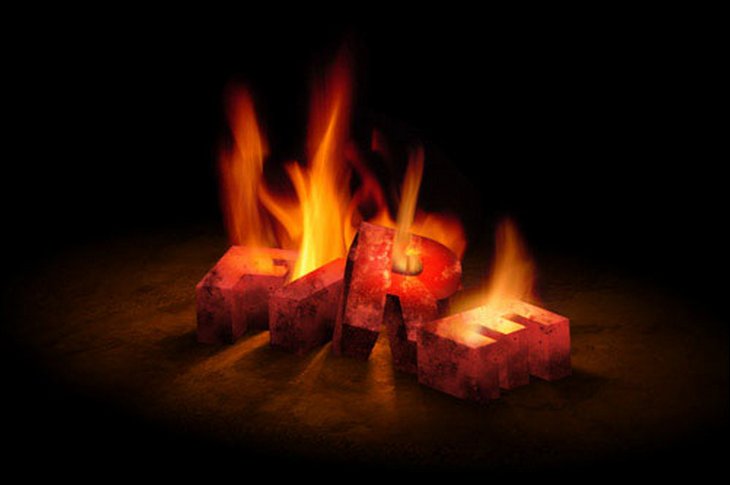
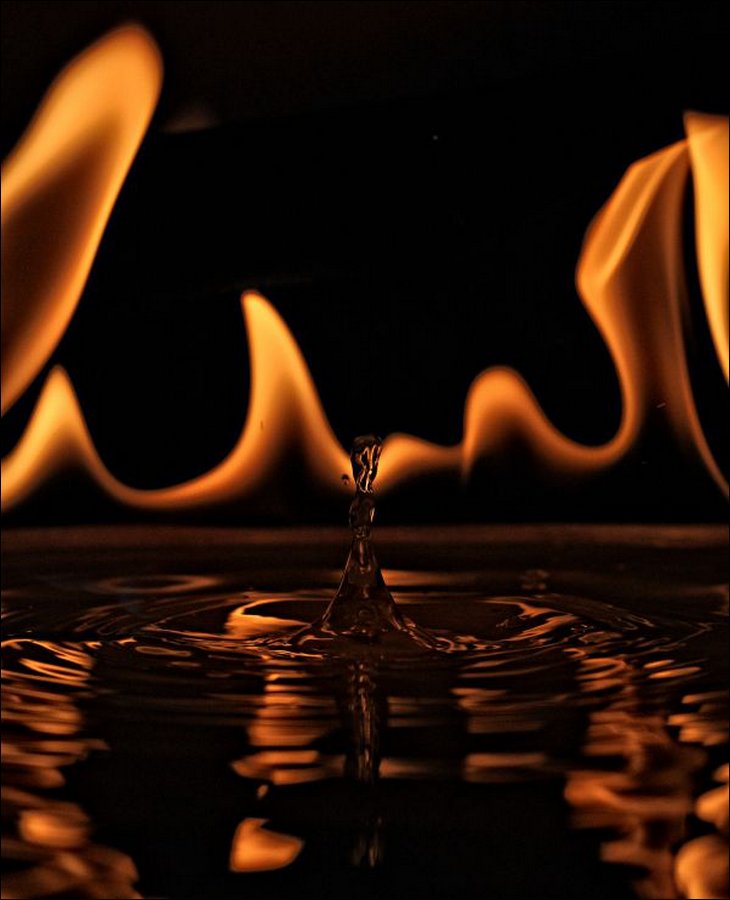
Information and image sources: 1 2 3 4






